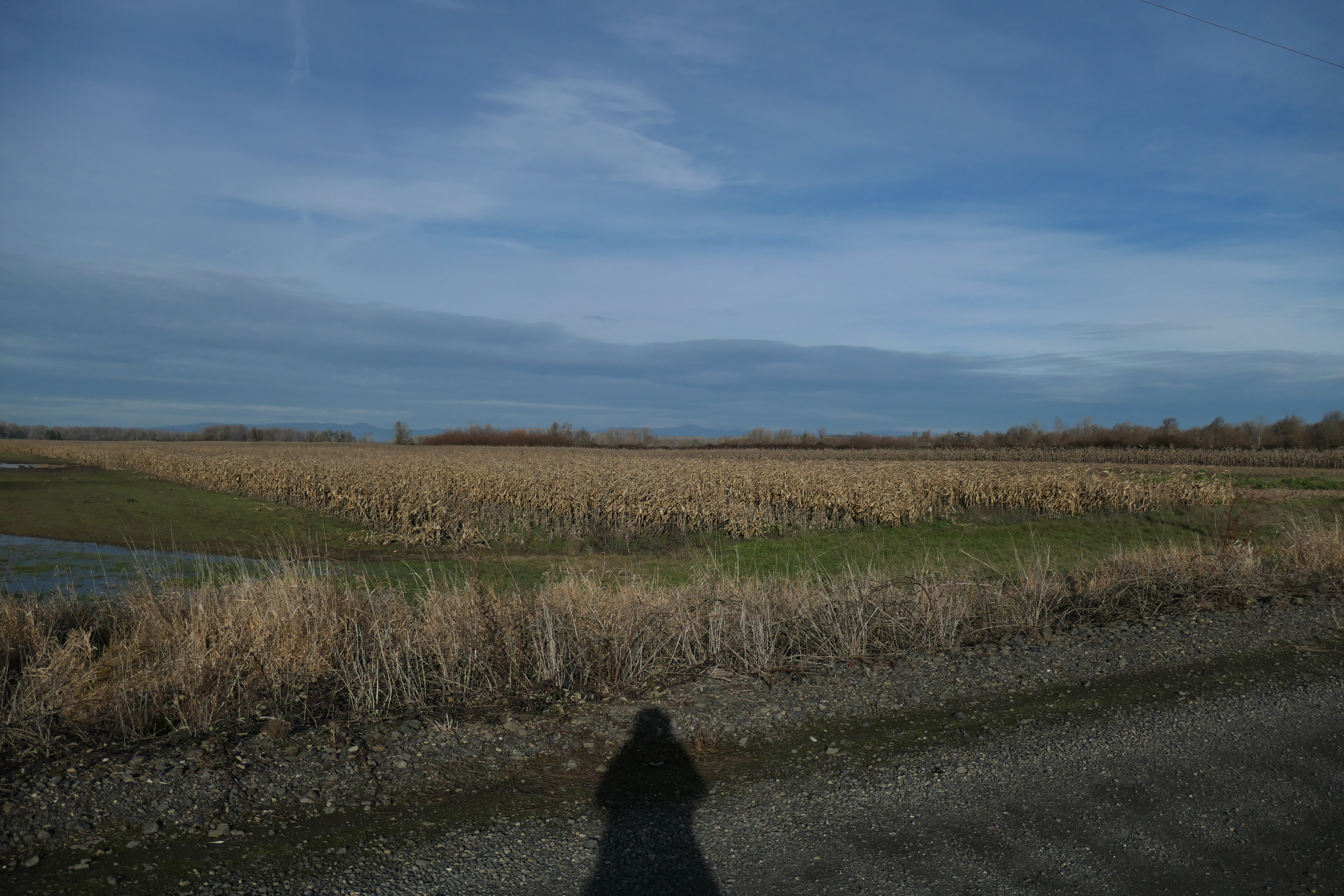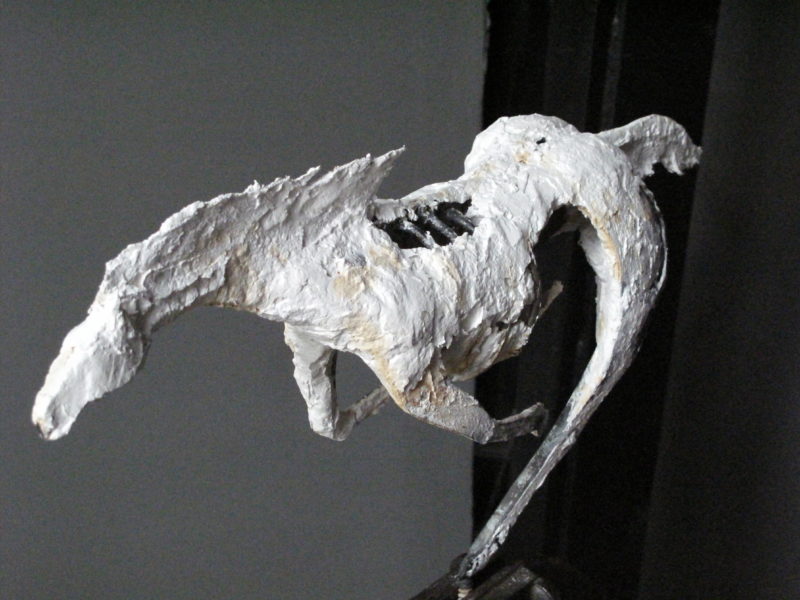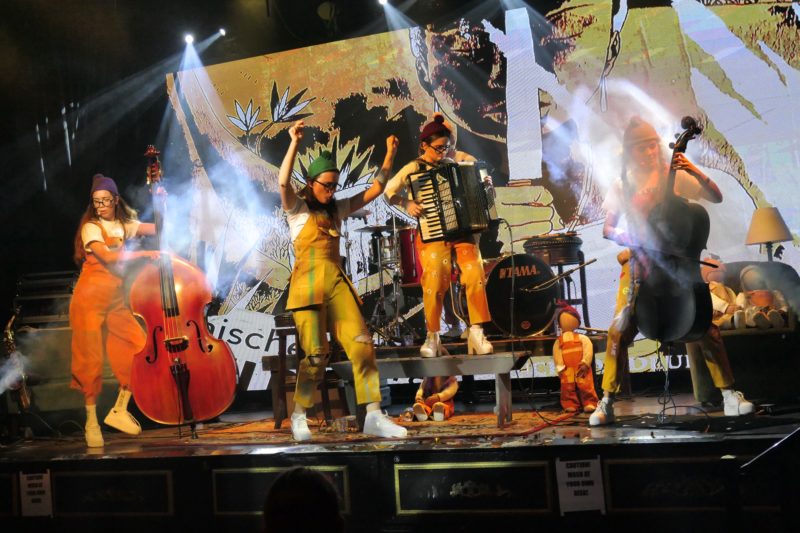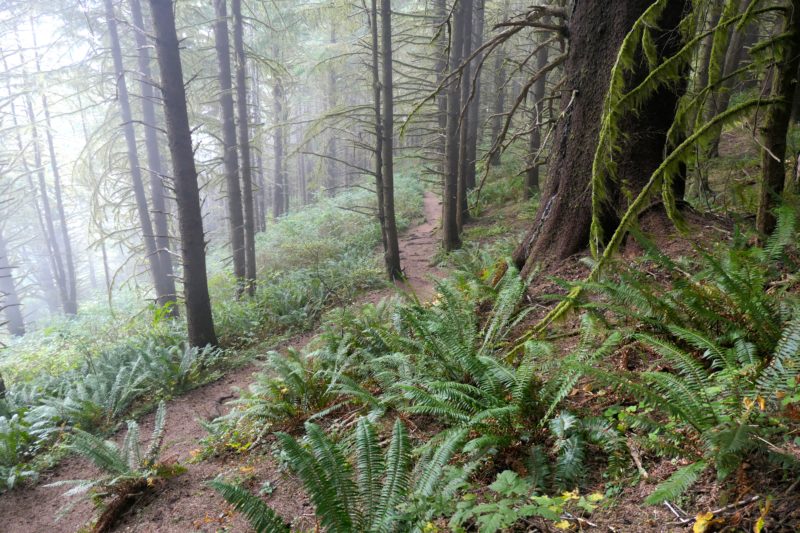
“If I were a man, this wouldn’t have happened to me.” These words are found in one of the 400 pages of transcription of a rape trial. Probably heard in court rooms across the world, across time. Except these are from 1612, during proceedings in Rome where an 18-year old Artemisia Gentileschi tried to find justice for having been raped by fellow painter Agostino Tassi. 4 months of trial transcripts are preserved in full, telling us it was she who was tortured with thumbscrews to tell the truth, while he sat by. It was he who, despite his eventual conviction, did not receive any punishment, since he was in the good graces of an equally vile Pope.

My example of a singular case of failed justice and misogyny does not stop here. Artemisia Gentileschi, one of the most gifted painters of the 17th century, was determined and able to convert specific gendered experience into art. Influenced by Carravagio and her own father Orazio, a successful painter as well, she made her own way – and history – by expressing female victimization as well as female rage on the canvas. Her paintings of Susannah in the Bath has two creepy lechers staring at her without shame. Her depictions of Judith killing Holofernes are a self portrait for Judith’s face, and Tassi’s face as Holofernes’. (She painted it twice, in one garbed in blue, in the other in a yellow dress.)

Furthermore, they show a servant actively involved in keeping Holofernes restrained – alluding to the power that women have if they combine forces in solidarity rather than having to go it alone.
https://www.theguardian.com/artanddesign/2016/oct/05/artemisia-gentileshi-painter-beyond-caravaggio

She was married off to someone available, had multiple affairs, and tried to paint irregardless of how gossip, denouncements and malice of a baroque society, tried to make her life unbearable. Paint she did and brilliantly so. That is, in any case, what feminist art historians taught us, until there was some serious backlash.

A male curator at the Met argued in the context of a 2002 exhibition that her reputation was inflated by all that salacious stuff around her sexual experiences (!), dragged up by feminists who were biased in favor of preferred role models. She, he insisted, was a mediocre painter, while her father had not received the recognition he deserved. The catalogue, clearly trying to contain the dangerous power of Gentileschi’s art, portrayed her in two ways: as just another working artist, who must be assessed apart from her sensational biography, as if separating her from her specific history would somehow be more objective – or as her being a marvel.

A thoughtful description of how a strong woman is made small even after centuries can be found in the link below: “Look at Artemisia’s reception of today to understand what she went through in her own time. Once more, she is put on display, ostensibly to celebrate her artistic significance, but with the barely concealed covert purpose of trivializing her actual achievement by conforming her to conventional gender stereotypes.”

That was written in 2002. Last year, there were at least some individual voices and some serious purchasing power that elevated her reputation as artist, when the National Gallery purchased one of her works.
Little, quite late. For some reason I keep thinking I wish Dr. Christine Blasey Ford would pick up a paintbrush….. Kavanaugh as Sisera, herself as Jael? Gentileschi did that one too….


Photographs today are the yellows and blues of Italy, so prominent in Gentileschi’s work..
And here is Vivaldi’s triumphant Judith…..https://www.youtube.com/watch?v=5kFPc-lIrkI

































































































































